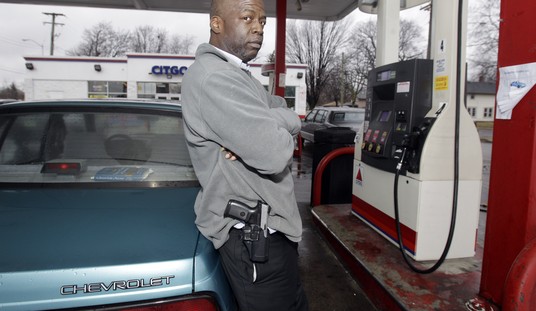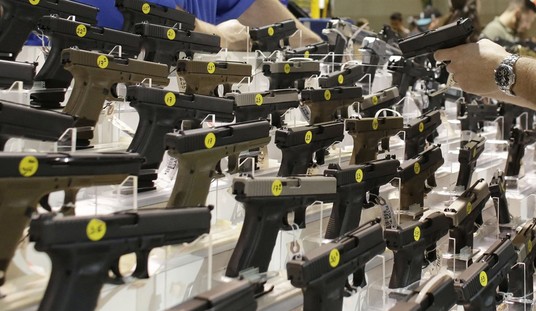Ever eager to undermine the Second Amendment, Barack Obama has attempted to claim that states with stronger gun laws have fewer firearms deaths, and states with more liberty have more gun deaths.
Shocking no one, Professor Eugene Volokh has evidence showing that the President lied about guns, again.
There’s been much talk recently — including from President Obama — about there being a substantial correlation between state-level gun death rates and state gun laws. Now correlation obviously doesn’t equal causation; there may be lots of other factors that are the true causes of both of the things that are being measured. But if we do look for now at correlation, it seems to me that the key question should focus on state total homicide rates, or perhaps (for reasons I describe below) total intentional homicide plus accidental gun death rates. And it turns out that there is essentially zero correlation between these numbers and state gun laws.
Here’s the ten lowest-homicide jurisdictions in the United States along with their scores and grades from the Brady Campaign (the Brady Campaign is a gun control group that was relevant decades ago, but is increasingly irrelevant today).
 As the chart clearly shows, seven of the states with lowest Brady grades (fewest restrictions on firearms) are among those with the lowest percentage of homicides and firearms accidents.
As the chart clearly shows, seven of the states with lowest Brady grades (fewest restrictions on firearms) are among those with the lowest percentage of homicides and firearms accidents.
But what about the ten highest-homicide states?
Volokh happens to have those as well.
Again, states with few guns laws dominate the figures.
So what does it all mean?
It means that those jurisdictions with the strictest gun laws—such a Washington, D.C.— aren’t any safer than those with few gun laws.
The correlation between the homicide rate and Brady score in all 51 jurisdictions is +.032 (on a scale of -1 to +1), which means that states with more gun restrictions on average have very slightly higher homicide rates, though the tendency is so small as to be essentially zero. (If you omit the fatal gun accident rates, then the correlation would be +.065, which would make the more gun-restricting states look slightly worse; but again, the correlation would be small enough to be essentially zero, given all the other possible sources of variation.)
Correlation is not causation, and according to the data, there isn’t even any statistically valid correlation at all.









Join the conversation as a VIP Member